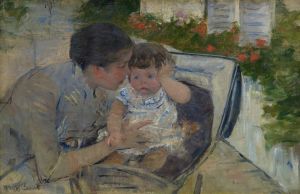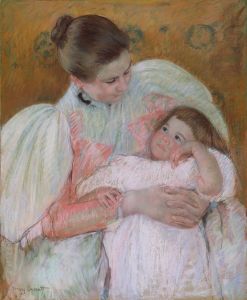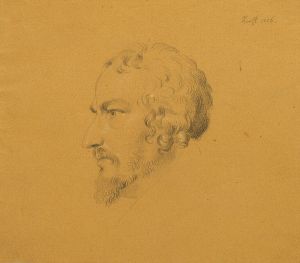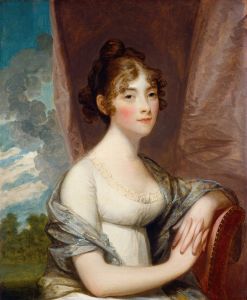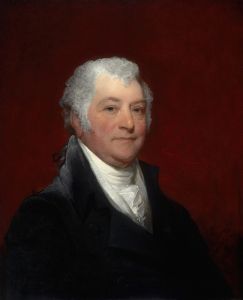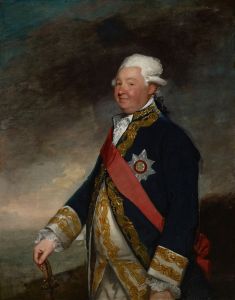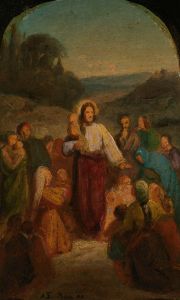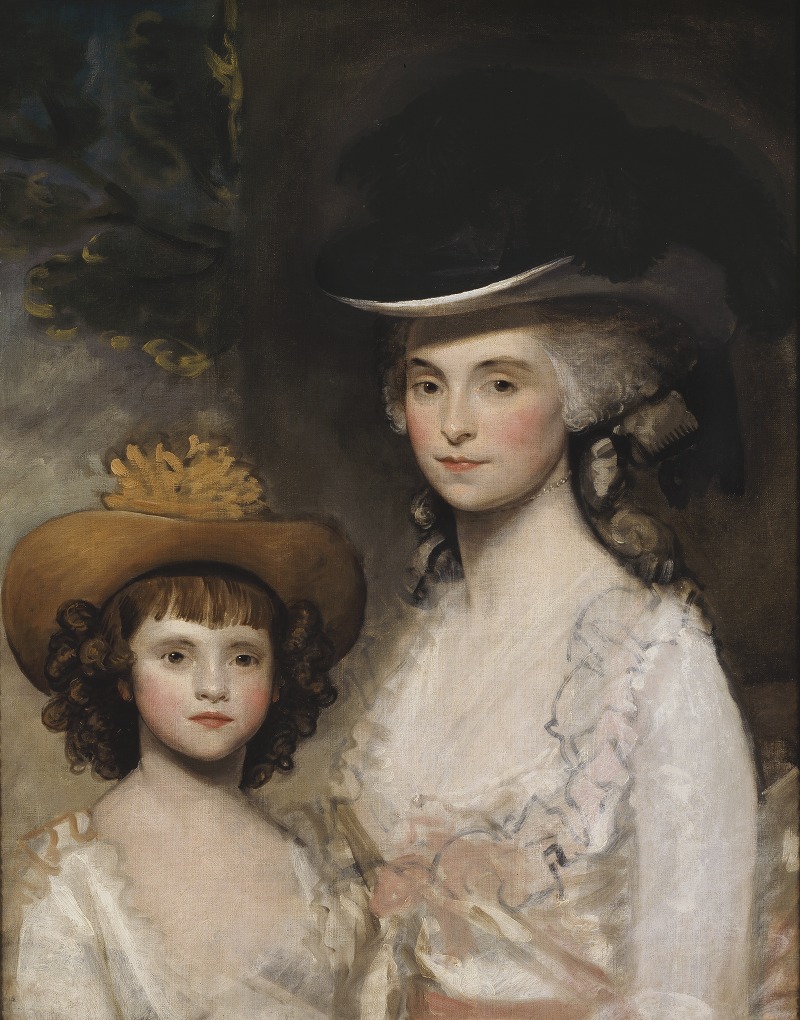
Mrs. Blades and her Daughter
A hand-painted replica of Gilbert Stuart’s masterpiece Mrs. Blades and her Daughter, meticulously crafted by professional artists to capture the true essence of the original. Each piece is created with museum-quality canvas and rare mineral pigments, carefully painted by experienced artists with delicate brushstrokes and rich, layered colors to perfectly recreate the texture of the original artwork. Unlike machine-printed reproductions, this hand-painted version brings the painting to life, infused with the artist’s emotions and skill in every stroke. Whether for personal collection or home decoration, it instantly elevates the artistic atmosphere of any space.
Gilbert Stuart's "Mrs. Blades and her Daughter" is a notable example of early American portraiture, showcasing the artist's skill in capturing the likeness and character of his subjects. Gilbert Stuart, born in 1755 in North Kingstown, Rhode Island, was one of the foremost portraitists of his time, renowned for his ability to convey the personality and status of his sitters through his paintings. He is perhaps best known for his portraits of prominent figures such as George Washington, Thomas Jefferson, and John Adams.
The painting "Mrs. Blades and her Daughter" is believed to have been completed in the early 19th century, during a period when Stuart was actively working in the United States after returning from a successful career in Europe. Stuart's work during this time was characterized by a refined style that combined elements of European portraiture with a distinctly American sensibility.
In this portrait, Stuart depicts Mrs. Blades and her daughter with a sense of intimacy and warmth. The composition is typical of Stuart's work, focusing on the upper bodies of the subjects and capturing their expressions with meticulous attention to detail. The clothing and hairstyles of the sitters reflect the fashion of the period, providing a glimpse into the social and cultural context of early 19th-century America.
Stuart's use of light and shadow in "Mrs. Blades and her Daughter" demonstrates his mastery of chiaroscuro, a technique that creates a sense of depth and volume in the painting. The subtle gradations of tone and the delicate rendering of textures, such as the fabric of the clothing and the softness of the skin, highlight Stuart's technical proficiency and his ability to bring his subjects to life on the canvas.
The identities of Mrs. Blades and her daughter, like many of Stuart's sitters, are not widely documented, which is not uncommon for portraits from this era. However, the painting remains an important example of Stuart's work, illustrating his contribution to the development of American portraiture and his influence on subsequent generations of artists.
Stuart's portraits are celebrated for their psychological depth and their ability to convey the individuality of the sitters. "Mrs. Blades and her Daughter" exemplifies these qualities, capturing a moment of familial connection and offering insight into the personal lives of its subjects. The painting is a testament to Stuart's enduring legacy as one of America's preeminent portrait artists.
Today, Gilbert Stuart's works are held in high esteem and can be found in major art collections and museums across the United States. His portraits continue to be studied and admired for their artistic merit and historical significance, providing a window into the lives and times of early American society. "Mrs. Blades and her Daughter" stands as a representative piece of Stuart's oeuvre, reflecting both his technical skill and his ability to engage viewers with the human stories behind his portraits.






